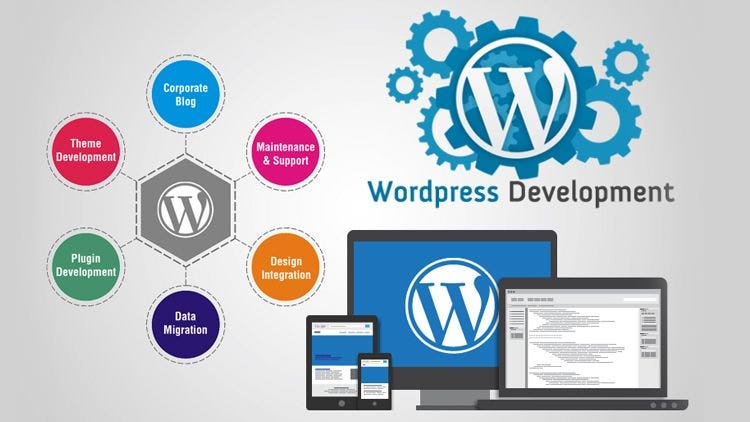Blitz News Digest
Stay updated with the latest trends and insights.
WordPress Development: Where Code Meets Creativity
Unlock the magic of WordPress development! Discover how code and creativity collide to create stunning websites that captivate.
Top 10 Essential Plugins for Enhancing Your WordPress Site
When it comes to optimizing your WordPress site, having the right plugins can make all the difference. Here are the Top 10 Essential Plugins that can enhance your website's functionality and performance:
- Yoast SEO: This plugin is vital for improving your site's visibility on search engines.
- WooCommerce: Perfect for adding eCommerce capabilities to your site.
- Wordfence Security: Ensure your site is protected from threats.
- Elementor: A user-friendly page builder that enables you to design stunning layouts.
- Akismet Anti-Spam: Keeps your comments section free of spam.
- WP Super Cache: Improves your site’s loading speed.
- UpdraftPlus: A reliable backup plugin to safeguard your content.
- Smush: Optimizes images for faster loading times.
- Contact Form 7: Easiest way to add forms for user interaction.
- MonsterInsights: Helps you track your site’s analytics effortlessly.

How to Create a Custom Theme: A Step-by-Step Guide to WordPress Development
Creating a custom theme for your WordPress site can significantly enhance its appearance and functionality. In this step-by-step guide, we'll walk you through the essentials of WordPress development, starting with the necessary tools. To get started, you'll need a local development environment like XAMPP or Local by Flywheel, a code editor such as Visual Studio Code, and basic knowledge of HTML, CSS, and PHP. Once set up, defining your theme's structure is crucial. Create a new folder in the 'wp-content/themes' directory, and add the necessary files such as style.css and index.php.
Next, you’ll want to add the initial theme header and basic styles. In your style.css file, include a comment block at the top detailing your theme name, URI, author, and version. Here's an example:
/* Theme Name: My Custom Theme Theme URI: http://example.com Author: Your Name Version: 1.0 */
After setting up the header, start building your layout using index.php and essential WordPress functions like get_header(), get_footer(), and the_content(). As you progress, don’t forget to regularly test your theme in different browsers and devices to ensure responsive design. Utilizing custom post types and widgets can also enhance your theme's functionality, providing users with a unique and engaging experience.
Common WordPress Development Mistakes and How to Avoid Them
When developing a WordPress site, many beginners fall into common traps that can hinder the overall performance and functionality of their website. One major mistake is neglecting to update themes and plugins. Outdated software can lead to security vulnerabilities and compatibility issues, impacting the site's performance. Additionally, failing to utilize child themes can complicate the upgrade process, as customizations may be lost. To avoid these pitfalls, regularly check for updates and consider using a child theme for any design alterations.
Another prevalent mistake is overlooking the importance of site speed. Many developers underestimate how factors like large images, unnecessary plugins, and poor hosting can drastically slow down their website. A slow-loading site not only frustrates users but also negatively affects SEO rankings. To enhance loading times, optimize images, streamline plugins, and choose a reliable hosting provider. Implementing caching solutions can also significantly improve overall performance.